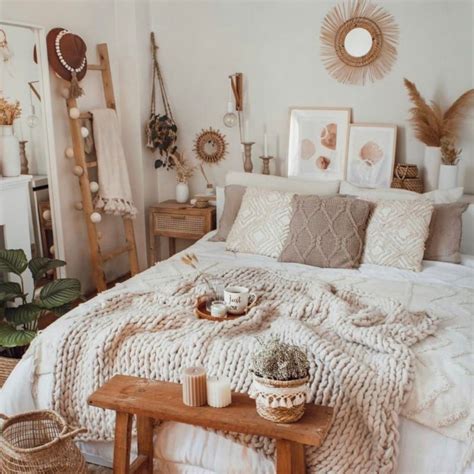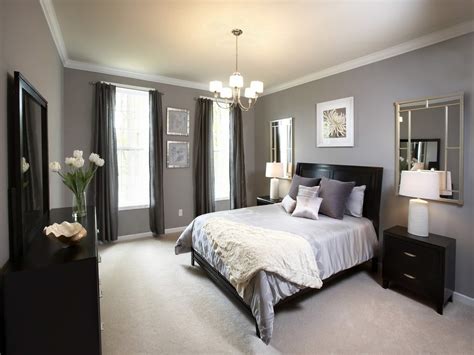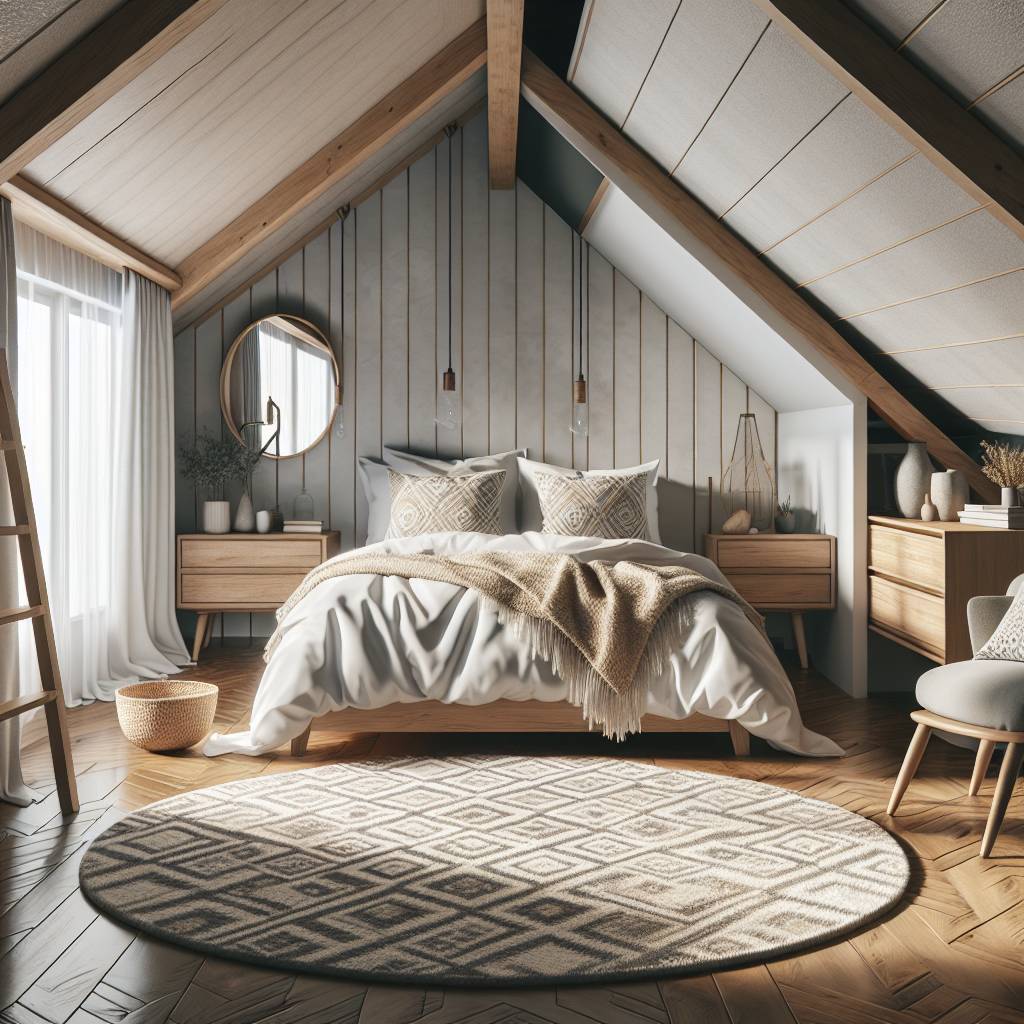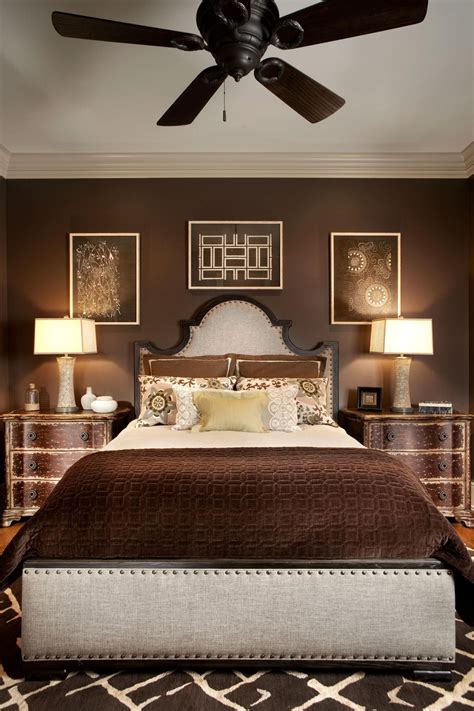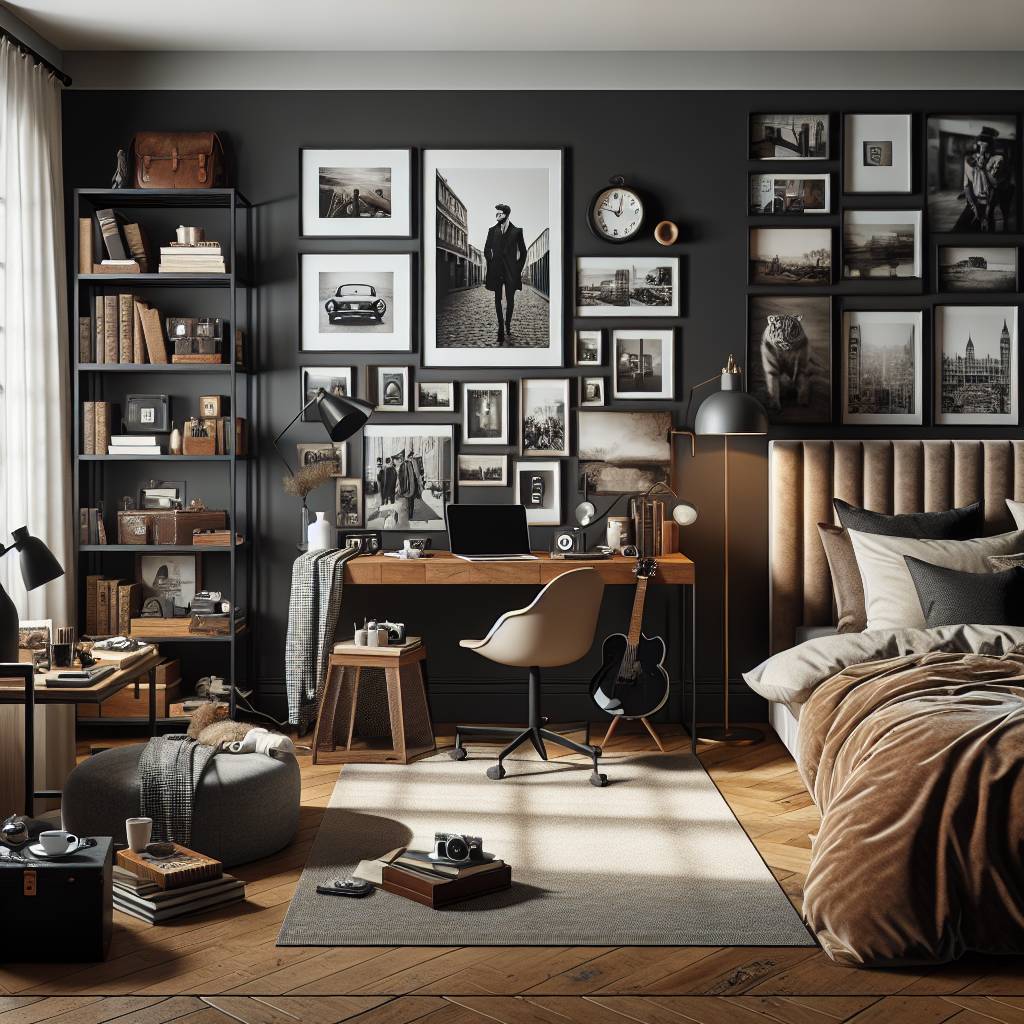Smart Flexible Bedroom Layout Ideas For Versatile Living
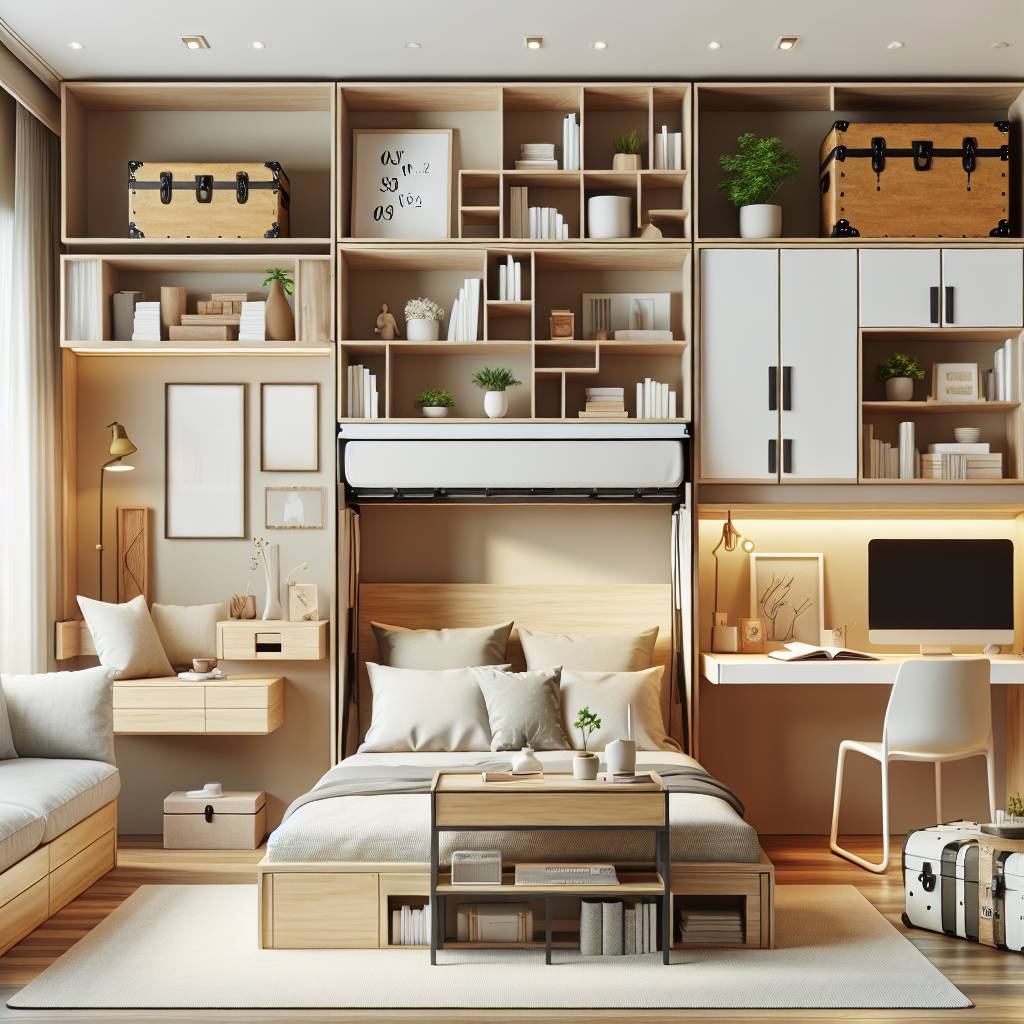
- Smart Flexible Bedroom Layout Ideas For Versatile Living
- Designing A Flexible Bedroom Layout
- Creating Zones For Different Activities
- Ideas For Small Flexible Bedrooms
- Flexible Layouts For Shared Bedrooms
In today’s fast-paced world, our living spaces must adapt to fit our versatile lifestyles. A well-designed bedroom can blend comfort and functionality, making it a sanctuary for rest and a multifunctional space for work, study, and relaxation. The need for smart flexible bedroom layouts is more important than ever, especially in homes with limited space or shared rooms. This article explores innovative design ideas that help you create zones for various activities, maximize small bedroom potential, and ensure harmony in shared spaces. Unlock the potential of your bedroom with our expert tips on crafting a dynamic layout that not only meets your immediate needs but also enhances your overall living experience. Embrace a new era of versatile living and discover how a thoughtfully designed bedroom can transform your daily routine.
Designing A Flexible Bedroom Layout

When it comes to flexible bedroom layout design, the goal is to create a space that can easily adapt to changing needs and preferences. Here are some key considerations to help you achieve this versatility:
By focusing on these elements, you can create a flexible bedroom layout design that caters to various lifestyles and preferences, ultimately enhancing the functionality and comfort of your personal space.
Creating Zones For Different Activities

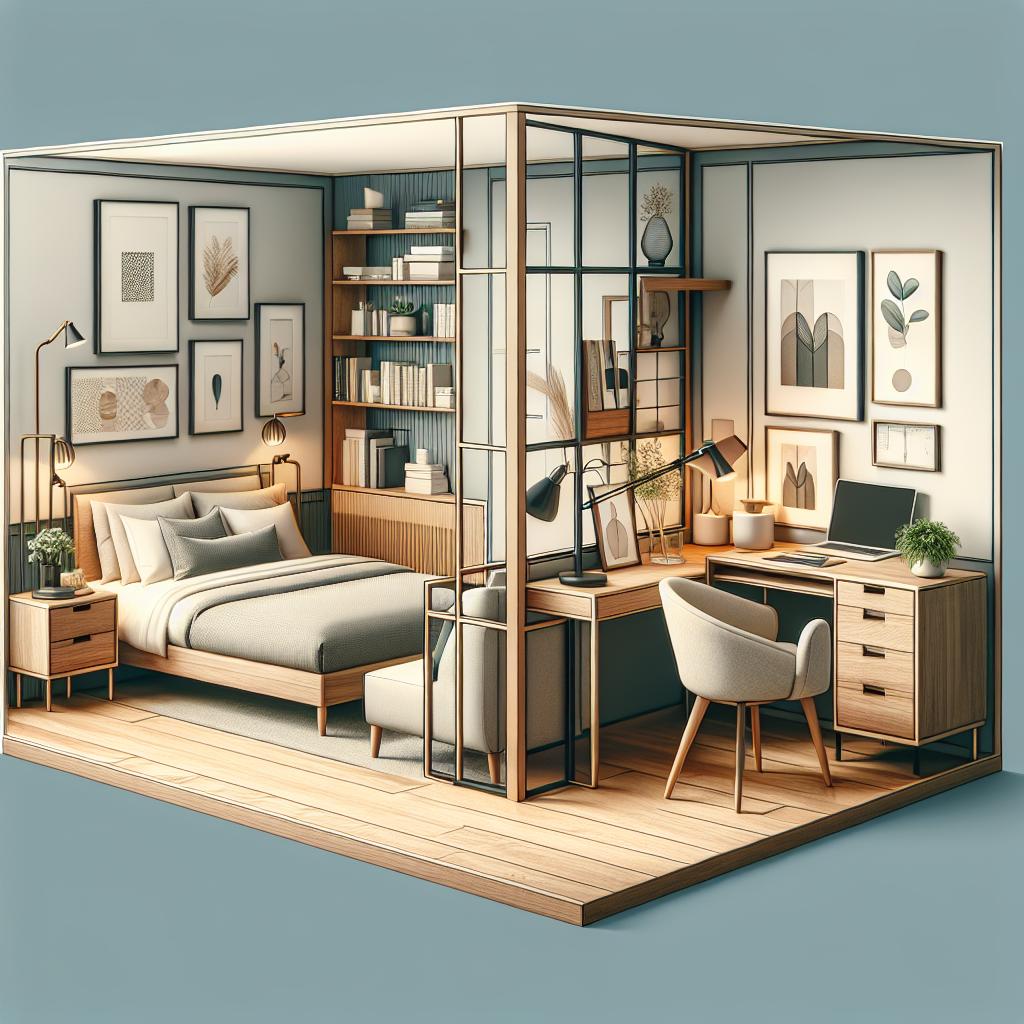
Implementing a flexible bedroom layout design is essential for maximizing the functionality of your space. One effective approach is to create distinct zones dedicated to various activities, ensuring that each area serves a specific purpose while maintaining a cohesive overall aesthetic. Here are some practical tips to consider:
- Sleeping Zone: This should be the primary focus of your bedroom. Position your bed in a way that minimizes noise and distractions from other areas, possibly using a cozy headboard as a backdrop. A combination of soft lighting and calming decor can enhance its tranquility.
- Work Zone: If you’re working from home or studying, designate a corner for this purpose. Utilize a compact desk and ergonomic chair, ensuring that this area is well-lit and free of clutter. Incorporating shelves or vertical storage can help keep this zone organized without overwhelming the overall layout.
- Relaxation Zone: To create a serene space for reading or unwinding, consider adding a comfortable chair or a small loveseat in a well-lit corner. Soft pillows and a small side table can enhance the comfort of this zone, making it a perfect retreat within your bedroom.
- Wardrobe Zone: If your bedroom has limited space, opt for multifunctional furniture such as storage ottomans or a stylish wardrobe that serves as a room divider, visibly separating the sleeping area from your clothing storage while providing additional surface space.
By clearly defining these zones, you can enhance the usability of your bedroom, allowing it to adapt to your daily needs. Remember, the goal of a flexible bedroom layout design is to ensure that each activity zone is inviting and functional, promoting a balanced and harmonious living environment.
Ideas For Small Flexible Bedrooms
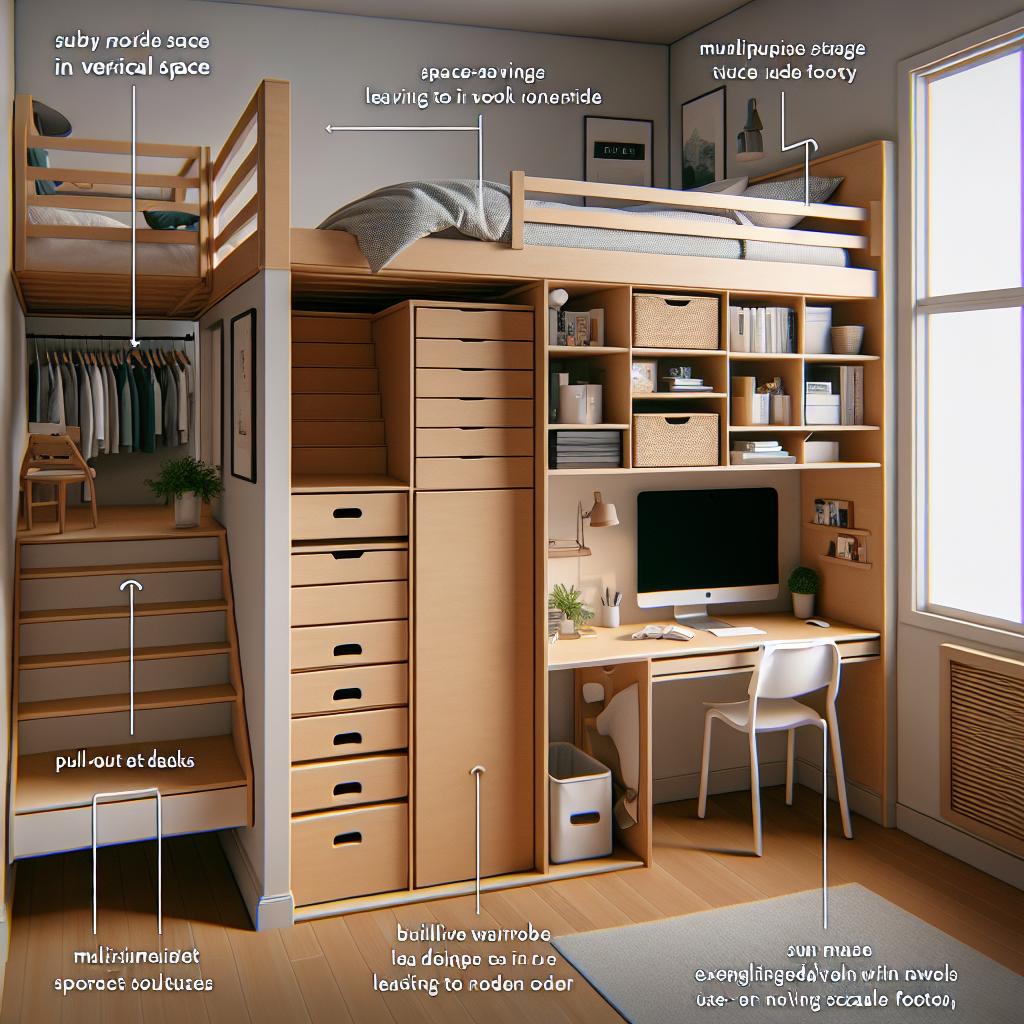
Maximizing space in a small bedroom while ensuring it remains functional and stylish can be challenging. However, with innovative flexible bedroom layout design ideas, you can create a versatile space that meets your needs without feeling cramped. Here are some inspiring concepts to consider:
- Murphy Beds: These beds fold up against the wall when not in use, providing more floor space for activities during the day.
- Lofted Beds: Elevating the bed allows for a cozy space underneath, which can be used as a study area or storage, maximizing vertical space.
- Modular Furniture: Invest in furniture that can be easily rearranged or modified. For example, ottomans with storage or a bed with built-in drawers.
- Wall-Mounted Desks: A collapsible desk that can be mounted on the wall helps create a workspace without taking up valuable floor area.
- Multi-Functional Decor: Use decorative storage boxes or stylish baskets to keep the room organized while adding to the room’s aesthetics.
- Sliding Doors: Replace swing doors with sliding doors in wardrobes or between rooms to save space and enhance room flow.
- Vertical Storage Solutions: Utilize wall space effectively with shelves that draw the eye upward, giving the illusion of a larger space.
- Clear Furniture: Consider using acrylic or glass furniture to maintain an open feel while providing the necessary function.
By implementing these flexible bedroom layout design ideas, you can ensure that a small bedroom feels spacious, organized, and adaptable to your lifestyle. Remember to keep your personal preferences and style in mind when choosing the best solutions for your space.
Flexible Layouts For Shared Bedrooms

Creating a harmonious living environment in shared bedrooms can be a challenge, but with the right approach to flexible bedroom layout design, you can maximize space and meet the needs of all occupants. Here are some effective ideas for designing flexible layouts that cater to multiple users:
1. Bunk Beds or Loft Beds: Consider incorporating bunk beds or loft beds to save floor space. This design allows for more room beneath for a desk, seating area, or additional storage, making the room versatile and functional.
2. Room Dividers: Use curtains, shelves, or screens to create designated zones within the shared bedroom. This offers some privacy while maintaining an open and airy feel. A well-placed divider can transform a single room into two separate sleeping areas.
3. Multi-Functional Furniture: Invest in furniture pieces that serve multiple purposes. A futon or a daybed can provide seating by day and convert into a bed at night. Ottomans with storage can also double as seating or a bedside table.
4. Color Coordination: Utilize a cohesive color palette to create a unified look that reflects the styles and preferences of all roommates. Use accent colors to distinguish personal areas without overwhelming the shared space.
5. Personal Touches: Encourage each occupant to personalize their space with decor items, artwork, or bedding that reflects their personality. This can help everyone feel more at home and promote a sense of ownership within the shared environment.
By implementing these strategies and focusing on flexible bedroom layout design, you can create a shared bedroom that balances comfort, functionality, and personal expression for all involved. Whether it’s for siblings, college roommates, or guest accommodations, a well-thought-out layout can enhance the living experience.
